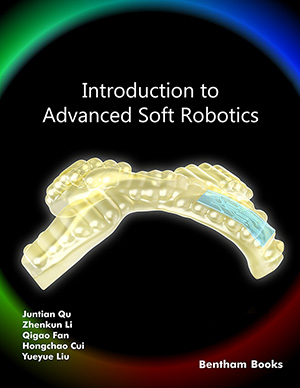Abstract
The objective of this chapter is to examine and explore the relevant aspects of soft
actuation technology. Unlike traditional rigid robots, soft robots are predominantly composed
of flexible materials. Soft robots exhibit exceptional adaptability and flexibility, enabling them
to execute various tasks in complex environments. Nevertheless, the classification of soft robot
driving modes presents a challenging problem due to the wide range of driving forms and
materials utilized in their design.
Firstly, we present a comprehensive definition of soft actuation technology and classify robots
into three groups based on their driving methods and motion forms: traditional rigid robots,
soft-mimicking robots, and soft robots. Subsequently, our attention turns to the classification
of soft robot driving modes. Based on the principles of different driving modes, we categorize
the driving modes of soft robots into two groups: structure-function-driven and materialfunction-driven. Furthermore, we provide comprehensive explanations and analyses of several
prevalent driving modes for soft robots, such as fluid-driven, magnetic-driven, cable-driven,
shape memory material-driven, and electro-active polymer-driven, in addition to highlighting
recent advancements in these domains.
Finally, we summarize the issues and challenges encountered in the advancement of soft robot
actuation technology after examining various soft robot driving modes in recent years.
Keywords: Classification, Principle, Soft robots, Soft actuators, Soft actuation technology

















